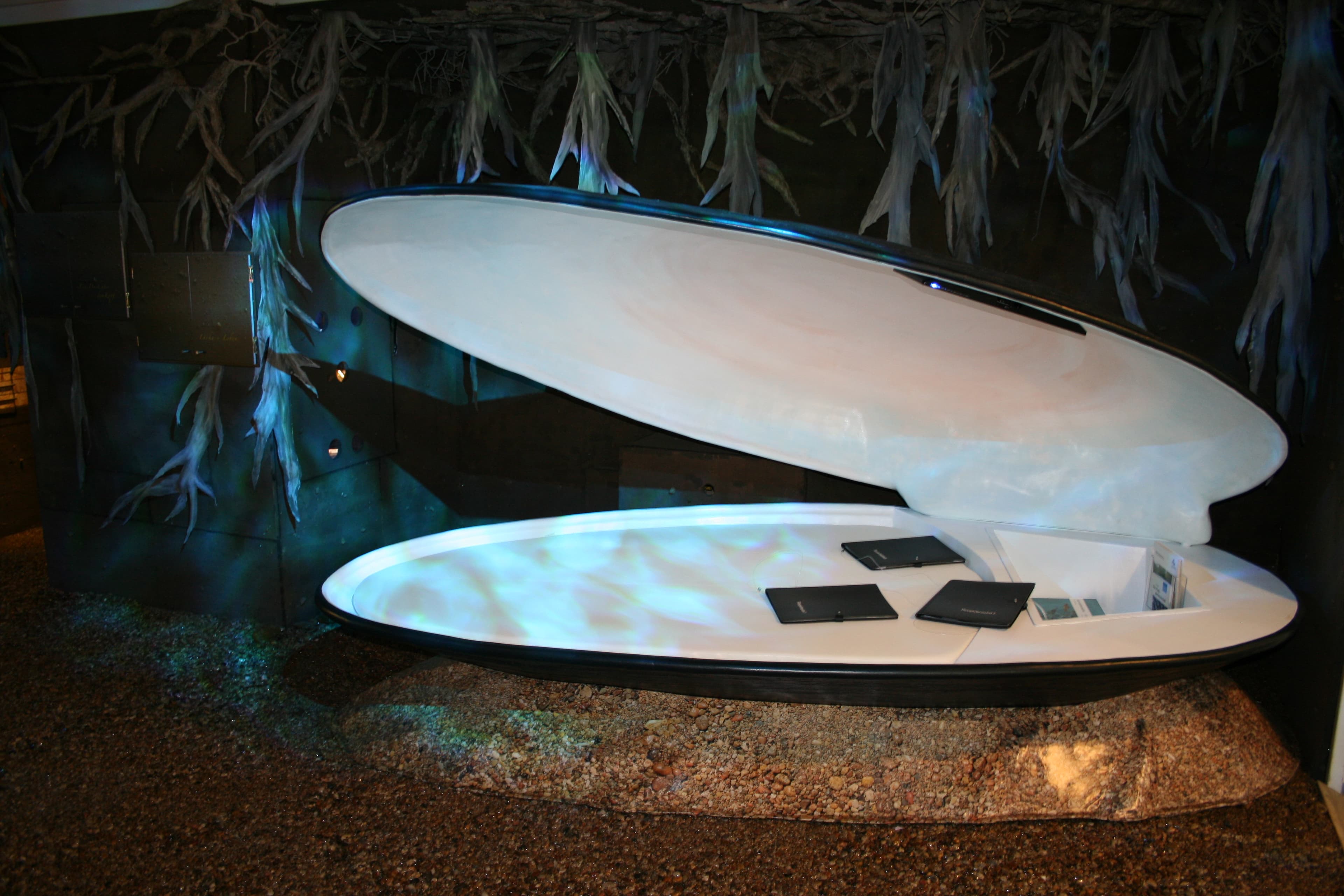







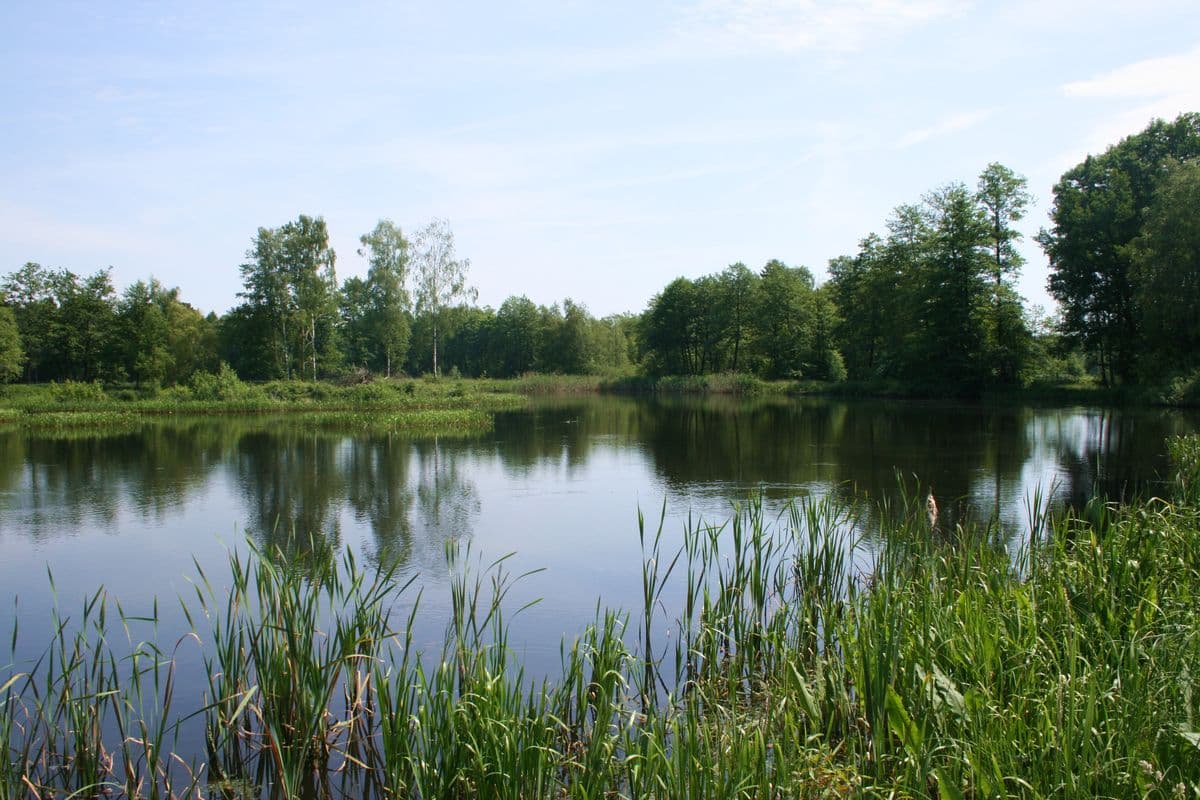

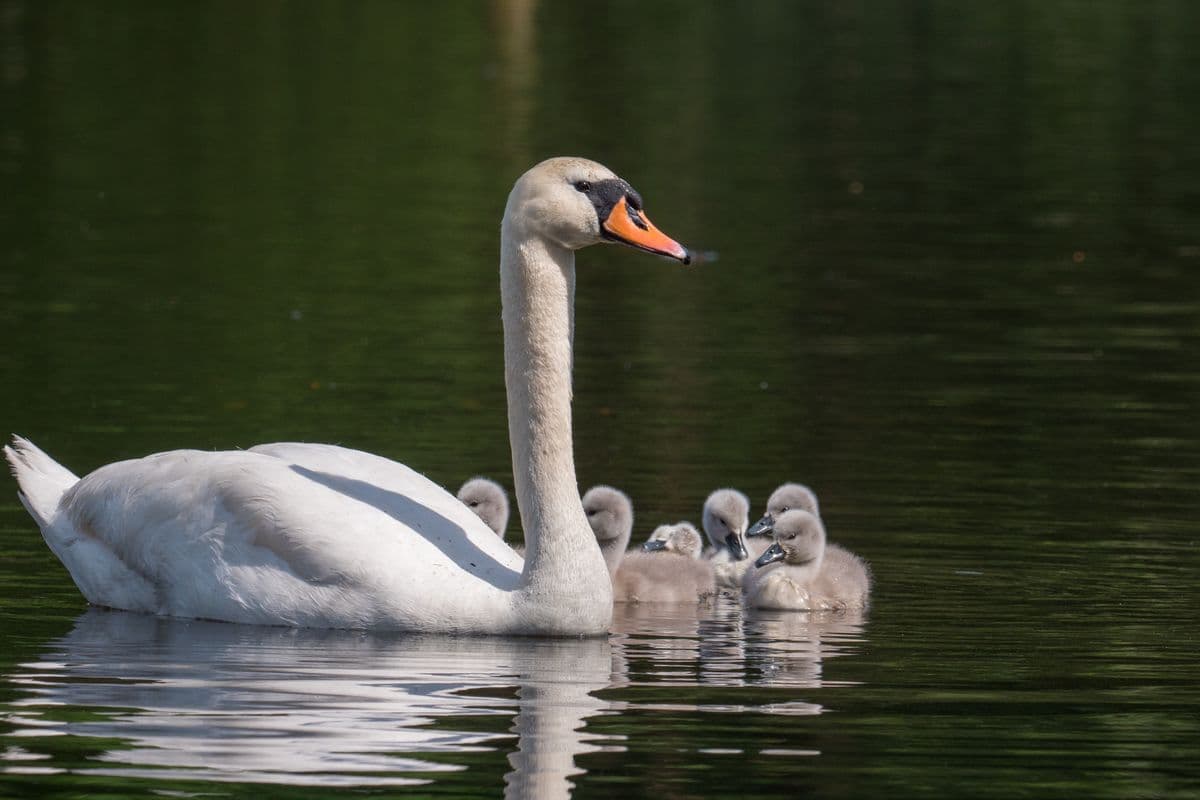
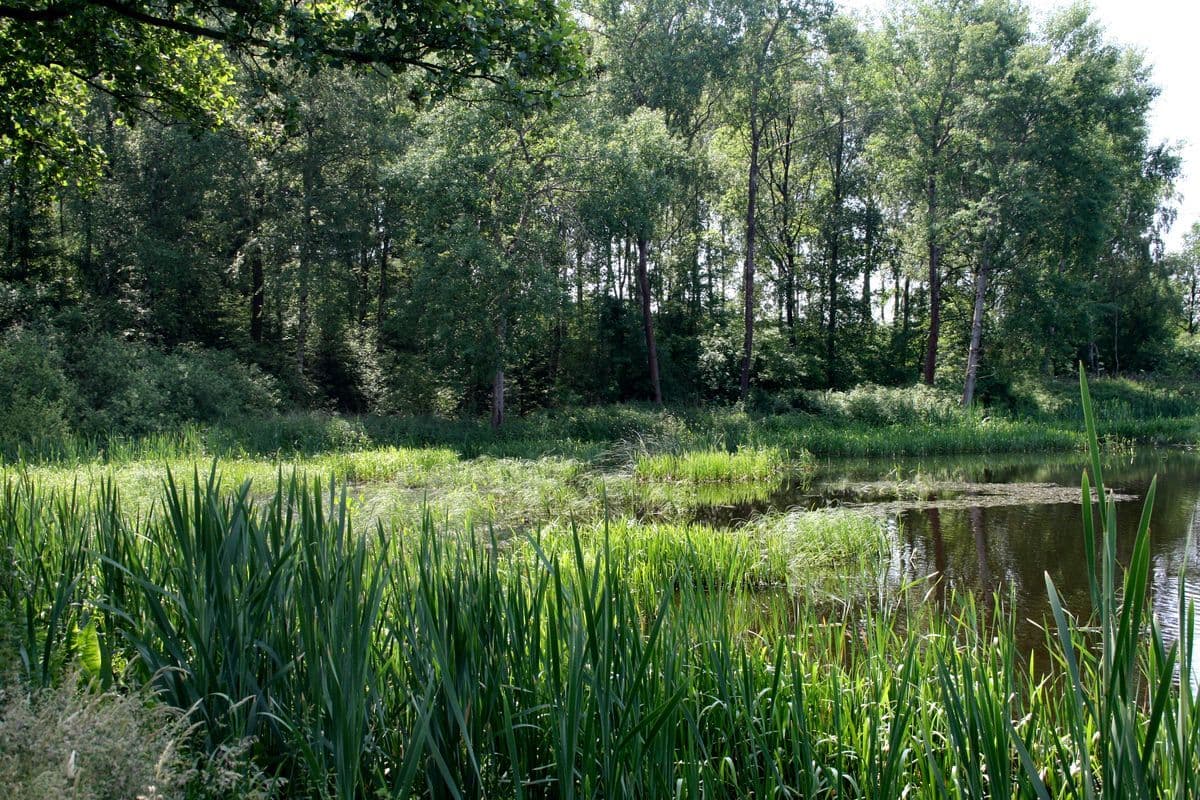
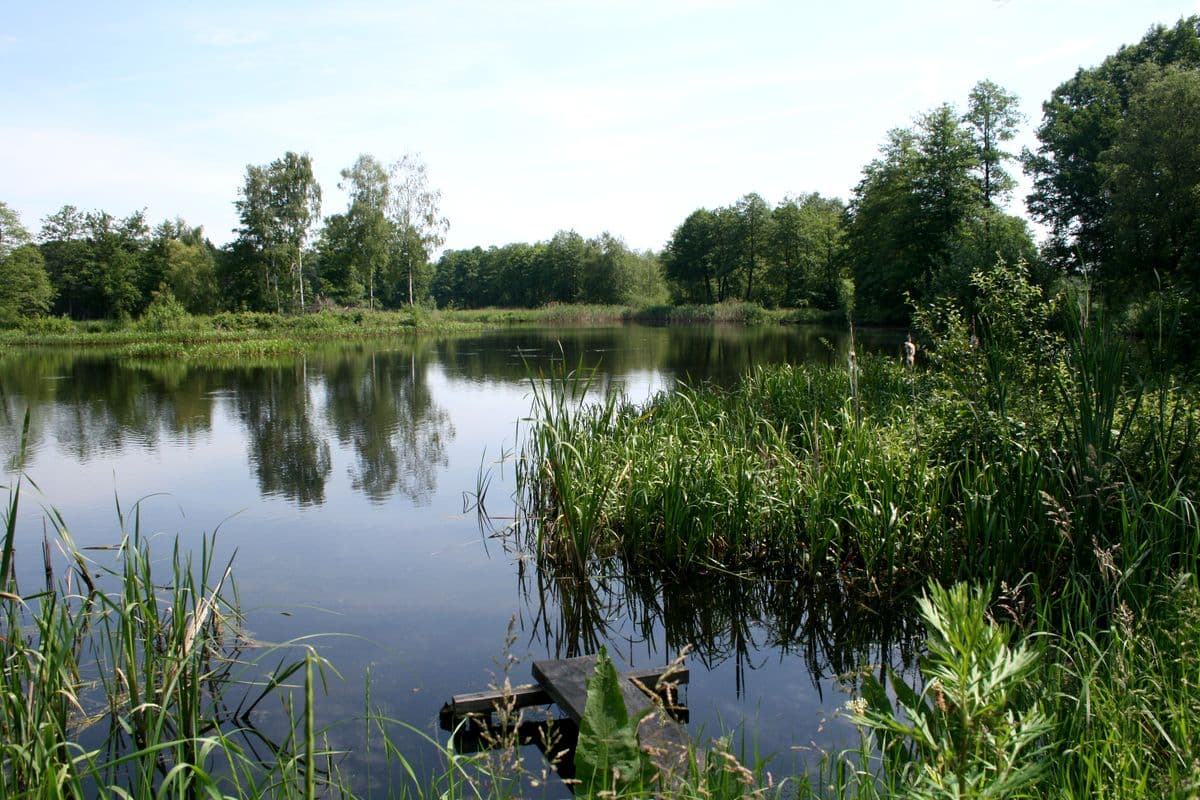









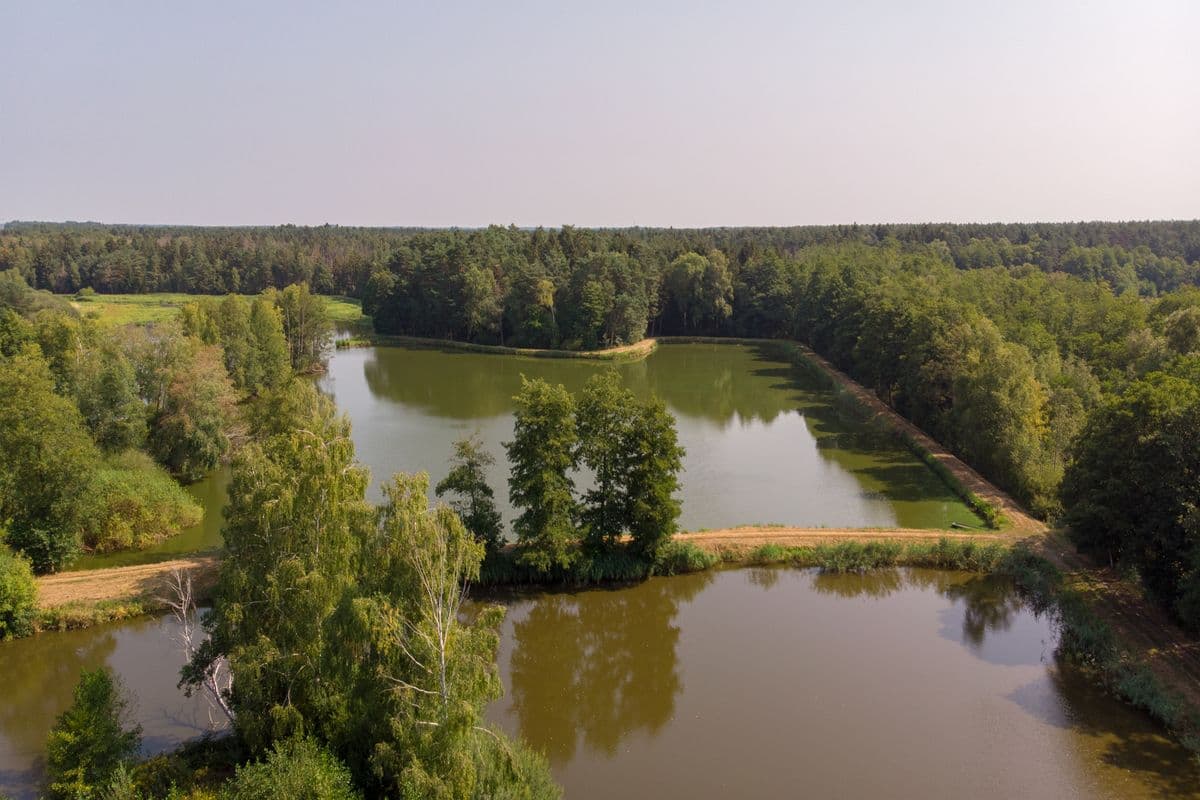




Unterwegs wird durch Informationstafeln am Wegesrand auf die Besonderheiten der Landschaft hingewiesen. Täglich geöffnet befindet sich im Bahnhofsgebäude Eschede das Naturpark-Informationszentrum.
Teiche für die Tier- und Pflanzenwelt
Die Aschau- und Loher Teiche bilden die Grundlage für eine ausgeprägte Teichwirtschaft und die Tierwelt in und um die Teiche, sowie die Pflanzen im und am Wasser finden ideale Voraussetzungen zum Leben.
Ende des 19., Anfang des 20. Jahrhunderts begann die Teichwirtschaft auf den ehemaligen Rieselwiesen und an den Aschauteichen. In der moorigen und waldreichen Gegend sind inzwischen weitere Teiche entstanden und es hat sich ein etabliertes Wirtschaftsunternehmen entwickelt. Innerhalb von 3 Jahren wachsen Hechte, Schleie, Karpfen und Goldorfe zu Speise- und Besatzfischen heran.
Neben den Zuchtfischen finden hier auch andere Lebewesen einen idealen Lebensraum. Teichmuscheln, Grünlinge, Stich- und Bitterlinge und auch Rotaugen fühlen sich in den Teichgewässern wohl.
Da lassen natürlich die Wasservögel nicht lange auf sich warten. Seltene Tiere wie Grau- und Silberreiher, Schwarzstorch und Eisvogel sowie Seeadler haben den Fischreichtum entdeckt und bedienen sich.
Das Wasser in den Teichen wird im Winter zum Teil abgelassen und dann kommen längst versunkene Baumstubben zum Vorschein.
Gleich vorn, links hinter dem Parkplatz, sind zwei große Teiche mit See- und Teichrosen. Im Mai/Juni bilden sie einen bunten Teppich über den Seen. An den Ufern kann man die Sumpf-Schwertlilie und die Sumpf-Calla bewundern.
Tipps zur Einkehr: zu jeder Fahrradtour gehören natürlich tolle Pausen.
- Am Ausgangspunkt der Tour an den Aschauteichen gibt es eine Teichwirtschaft mit leckeren Fischbrötchen.
- In Dalle liegt direkt am Wegesrand der idyllische Traumzeithof, ein neuer Bier- und Kaffegarten bietet neben selbstgebackenem Kuchen und erfrischenden Getränken schattige Plätzchen und herrlichen Ausblick.
Touren-Tipp: Für diese Radtour können Sie auch mit dem Metronom aus Richtung Hannover oder Lüneburg anreisen, eine Fahrradmitnahme ist möglich.
Im Bahnhof Eschede ist eine Radreparatur-Station ansässig.
Der erfahrene "Fahrraddoktor" Horst Schaper freut sich, zweirädrige "Patienten" zu heilen und auch mal in der Not einen Reifen aufzupumpen oder den Lenker zu richten.
Regelmäßig vor Ort ist er dienstags in der Zeit von 09.30 Uhr - 12.30 Uhr
und donnerstags von 13.30 Uhr - 17.30 Uhr.


